Understanding the Power of ABA in Peer Interaction Development
Applied Behavior Analysis (ABA) is a cornerstone intervention that plays a vital role in fostering positive peer interactions among children with autism. By systematically teaching social skills, promoting inclusive environments, and involving peers as active participants, ABA transforms social challenges into opportunities for growth and connection. This article explores how ABA techniques, peer-mediated strategies, and collaborative efforts support social development, leading to more meaningful and lasting friendships.
Foundations of Using ABA to Promote Peer Interactions
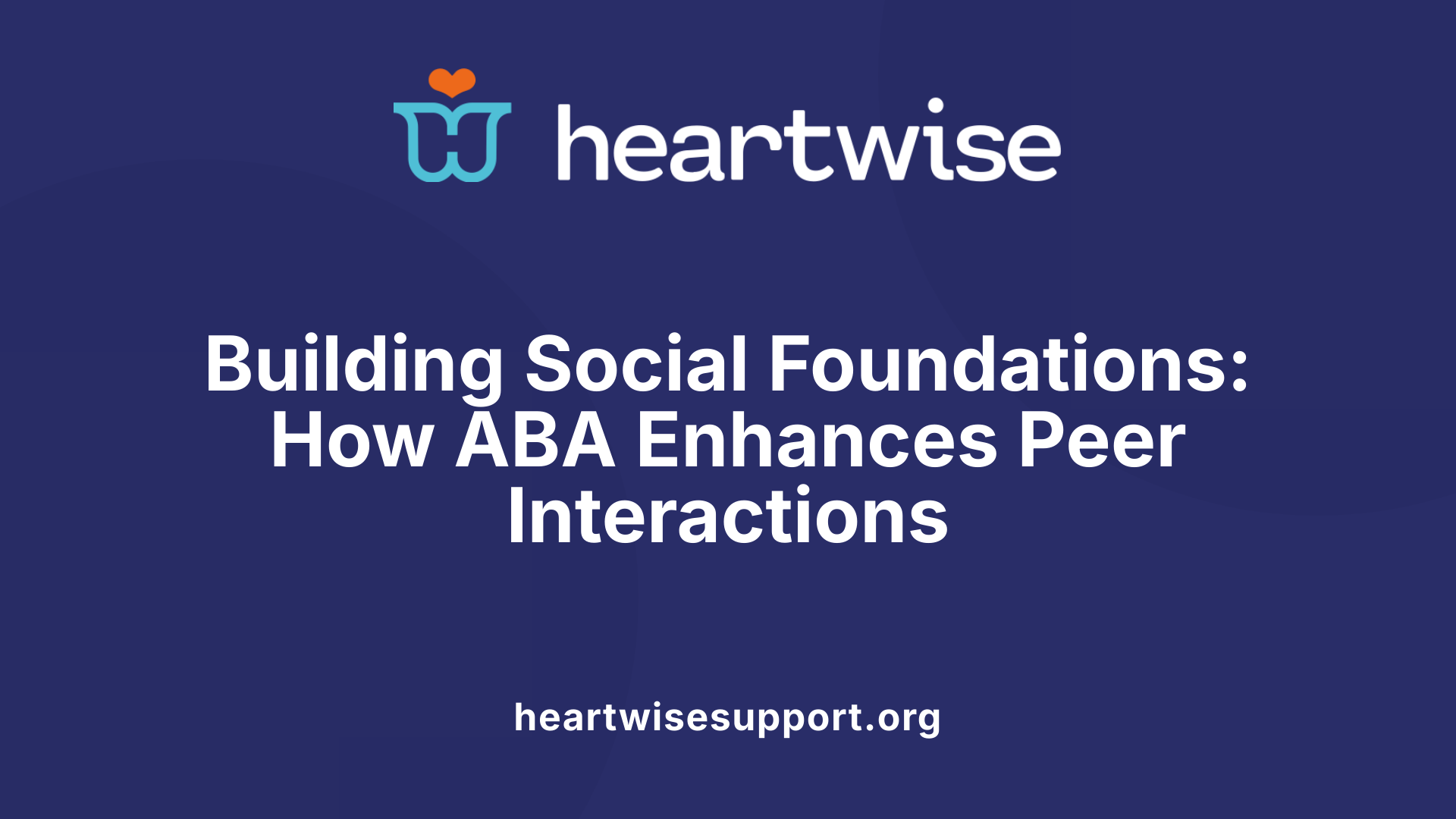
How does ABA therapy promote positive peer interactions in children with autism?
ABA therapy helps children with autism develop strong social skills that are essential for positive peer interactions. It does this by teaching behaviors such as sharing, turn-taking, and initiating conversations through carefully planned activities and modeling. Therapists often include peers in these interventions, training them to demonstrate and reinforce socially appropriate behaviors. This peer-mediated approach creates opportunities for children to engage in natural social exchanges.
Using strategies like role-playing, social stories, and group activities helps children practice skills in scenarios similar to real life. These methods support the generalization of learned social behaviors beyond therapy sessions. For example, children learn to imitate and use social cues, making their interactions more meaningful and engaging.
In the classroom, incorporating peer interaction through structured ABA techniques improves both verbal and non-verbal communication. These authentic interactions motivate children to participate more actively, fostering friendships and emotional bonds.
Overall, ABA’s structured, personalized programs combined with peer involvement encourage children to make sustained social connections, enhancing their social competence and confidence.
Techniques and Strategies in ABA for Social Skills Enhancement
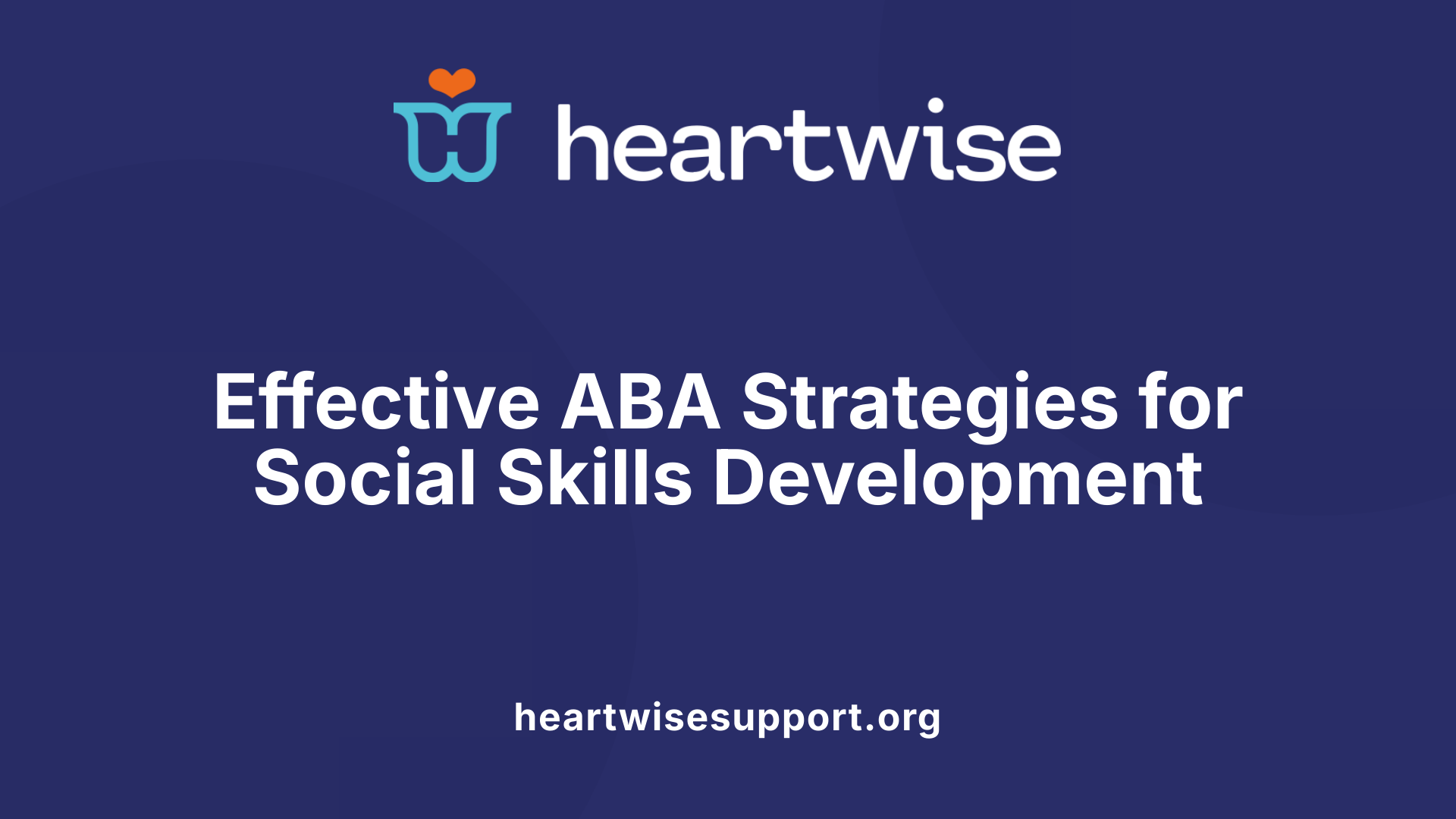
What techniques and strategies in ABA are used to foster social skills among peers?
Applied Behavior Analysis (ABA) employs a range of evidence-based approaches to improve social interactions among children. One fundamental technique is role-playing, which allows children to practice social scenarios in a safe and supportive setting. Social stories and video modeling are also valuable tools; they help children understand social cues and appropriate responses by viewing modeled behaviors in engaging formats.
Peer-mediated interventions have gained recognition for promoting social skills. In these programs, peers are trained to model socially appropriate behaviors, serve as role models, and facilitate interactions. Reinforcement strategies—such as verbal praise and tangible rewards—are crucial in motivating children to adopt new social behaviors and strengthen existing skills.
Behavioral strategies like task analysis decompose complex social skills into small, manageable steps. This systematic breakdown makes learning less overwhelming and helps children gradually develop confidence in their abilities.
Naturalistic teaching methods, including play-based approaches like the Early Start Denver Model (ESDM) and Natural Developmental Behavioral Interventions (NDBIs), support social skill development within everyday activities and settings. Visual supports, such as schedules or social cue cards, provide clarity and support generalization of skills across environments.
Structured group activities, including collaborative projects and game-based interactions, create opportunities for children to practice skills in a social context. Incorporating these strategies into classroom routines fosters inclusive environments where children can learn, practice, and generalize social behaviors, ultimately improving peer relationships and social inclusion.
Implementing Peer-Mediated Interventions in Schools and Therapy Settings
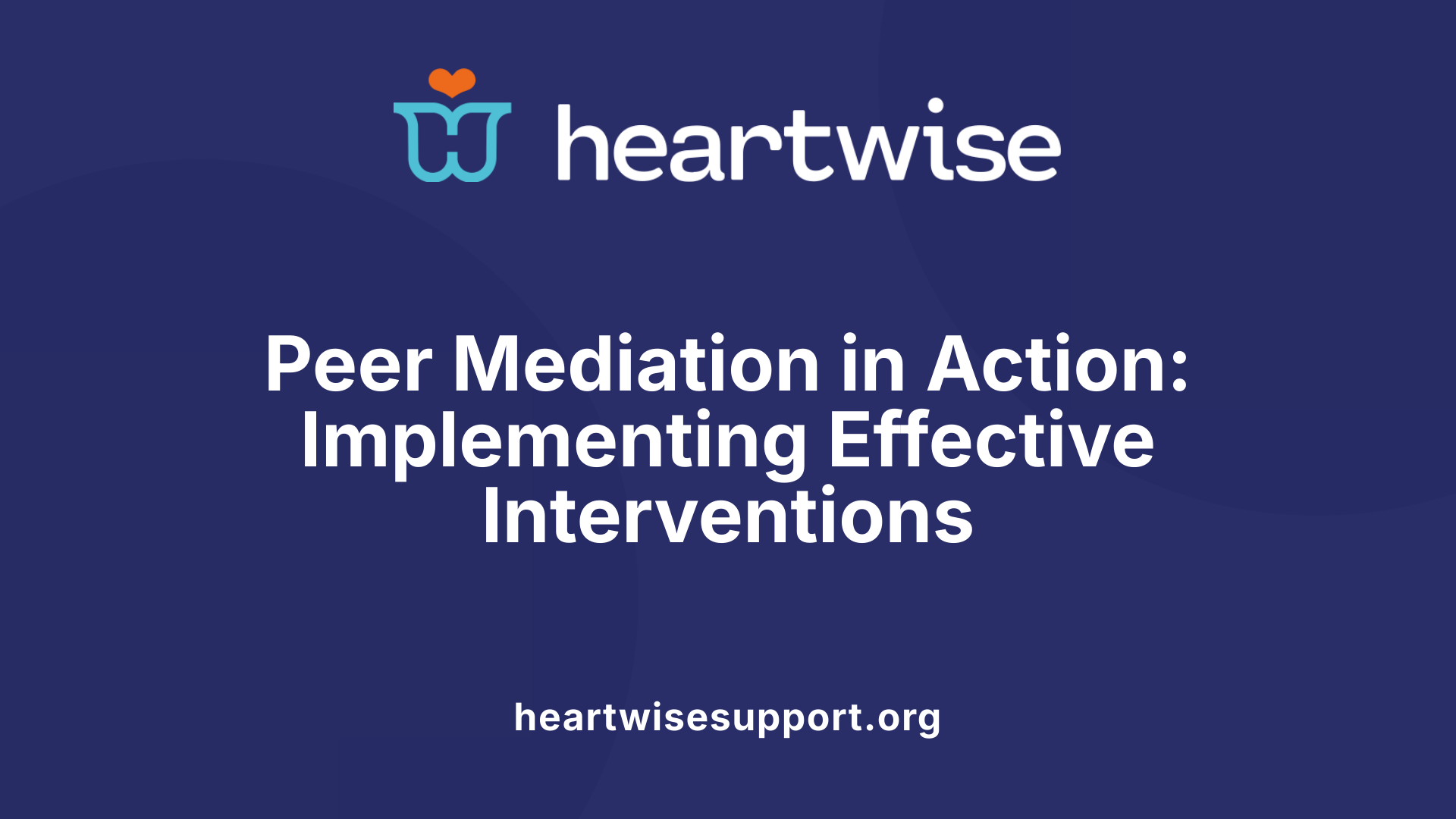
How are peer-mediated interventions implemented within ABA therapy?
Peer-mediated interventions (PMI) are a practical approach within ABA therapy that involves training typically developing peers to serve as social models and active supporters for children with autism spectrum disorder (ASD). During these interventions, peers are taught to initiate and sustain social interactions, providing positive reinforcement and supporting the development of social skills.
The training process includes clear explanations, modeling desired behaviors, practicing interactions, and offering constructive feedback. Peers learn to prompt appropriate social responses, such as greeting, sharing, or turn-taking, and are encouraged to reinforce successful interactions to motivate children with ASD.
In practice, peers may be involved in various activities, from structured group games to collaborative classroom projects and recreational settings. By participating in these social scenarios, children with ASD can observe, imitate, and internalize social cues more effectively.
Monitoring is essential to ensure effective implementation. This involves observing peer interactions, providing ongoing support, and adjusting strategies as needed. High-fidelity implementation and careful peer selection—focusing on empathetic, patient, and socially competent individuals—are critical for success.
Research shows that PMI enhances social responsiveness, communication, and motivation among children with ASD. It is particularly effective in settings like schools, camps, and therapy centers, fostering inclusive environments that benefit all children.
In summary, structured training, active participation in social activities, and consistent monitoring form the backbone of successful peer-mediated interventions within ABA frameworks, promoting meaningful social development and inclusion.
The Role of Peer Engagement in Social and Communication Skill Development
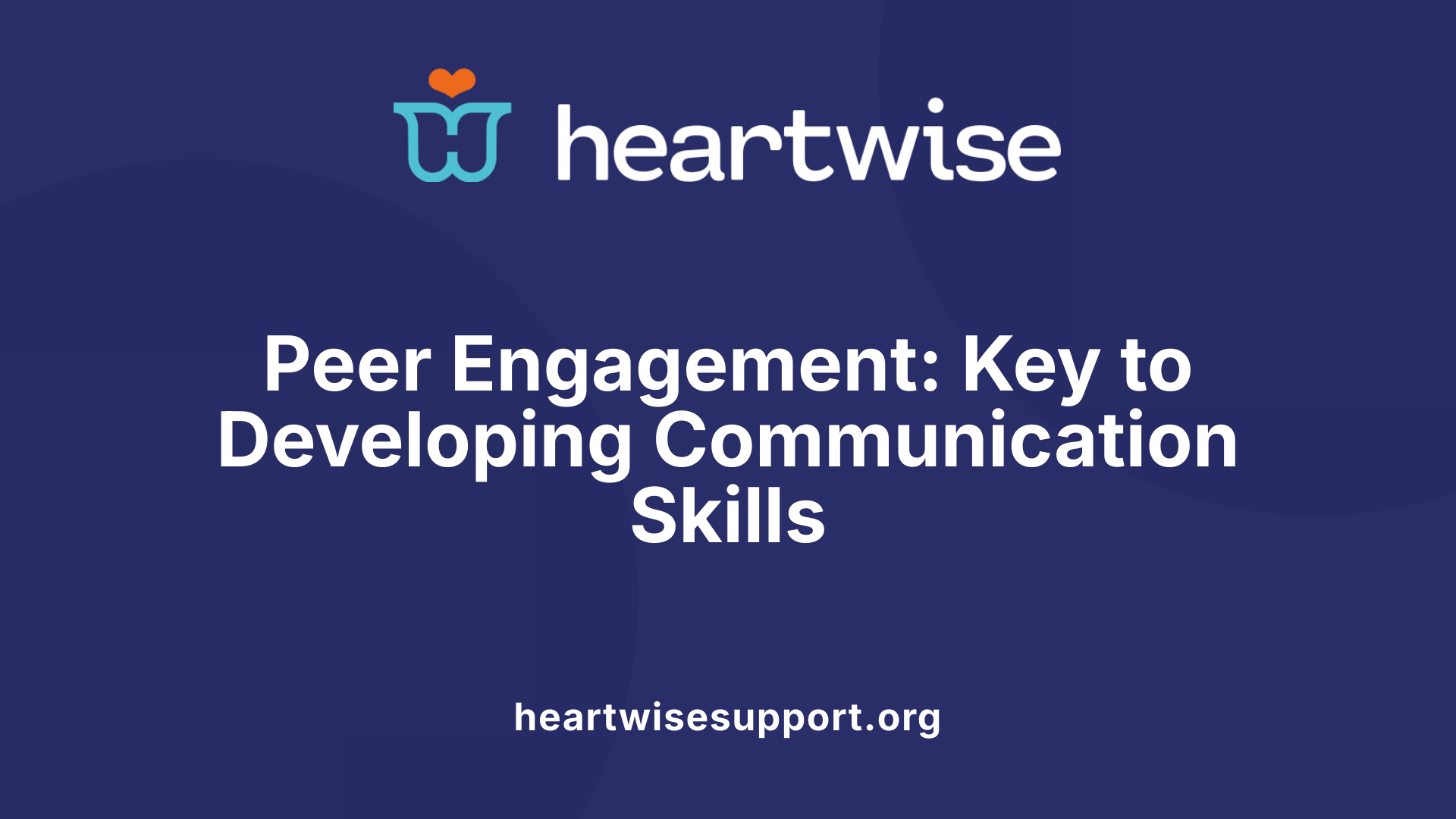
How does ABA contribute to developing social and communication skills through peer engagement?
Applied Behavior Analysis (ABA) uses a mix of structured teaching methods and naturalistic interactions with peers to enhance social and communication skills in children, especially those with autism spectrum disorder (ASD). Peer-mediated interventions are a cornerstone of ABA, where classmates assist in learning social behaviors within school settings.
One of the core strategies involves real-time social exchanges. Through activities such as group games, role-playing, and collaborative tasks, children learn to initiate conversations, share interests, and interpret social cues. These activities are supported by trained staff who facilitate positive interactions and provide immediate feedback.
Modeling and role-playing with peers serve as effective tools in helping children imitate appropriate social behaviors. For example, a peer might demonstrate how to greet someone or start a conversation, with the child practicing these skills in a safe and supportive environment. Reinforcement techniques like praise or rewards motivate children to participate and internalize these behaviors.
Skills learned through peer engagement are not limited to the classroom. ABA focuses on the generalization of these skills to everyday settings, encouraging children to transfer learned behaviors to home, community, and other social environments. Such consistency helps in building confidence, emotional regulation, and meaningful relationships.
Research indicates that engaging with peers actively increases motivation and participation for children with autism. When children observe and interact with their peers, they improve their expressive language, understanding of social cues, and pragmatic communication skills. This not only boosts their ability to communicate effectively but also fosters a sense of belonging and acceptance.
Furthermore, structured social skills training and peer-mediated activities help reduce behavioral challenges by creating an inclusive, supportive environment. This approach helps children develop emotional regulation strategies, such as coping skills training, which are essential for successful peer interactions.
Technological tools like mobile apps, virtual reality, and AI platforms are increasingly integrated into ABA programs. These tools provide engaging, structured practice scenarios that support social skills development outside traditional settings.
Parents and caregivers play a vital role in reinforcing social skills at home. They can model social behaviors, create routine opportunities for peer interactions, and use visual supports or role-playing exercises. Early intervention combined with family involvement significantly enhances social growth and long-term peer relationship building.
Investing in understanding and applying ABA methods for peer engagement can lead to positive social outcomes, including greater independence and better social integration into community life, ultimately contributing to a more inclusive society.
The Impact of Peer Interaction on Long-term Social Outcomes
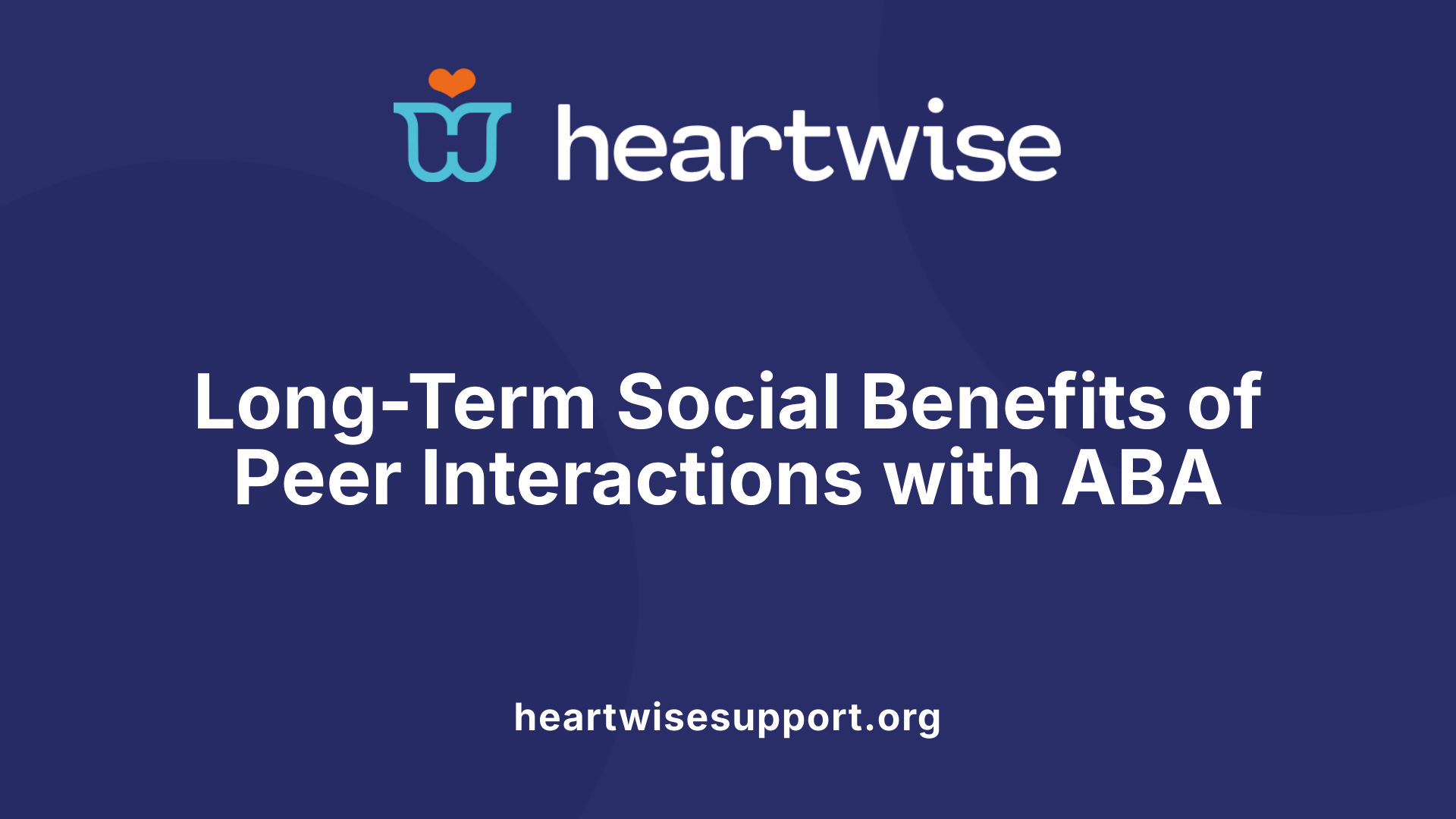
Development of friendships and social networks
Engaging with peers through ABA therapy encourages children, especially those with autism, to develop meaningful friendships. These interactions provide opportunities for children to observe, imitate, and practice social skills like sharing, taking turns, and understanding social cues. Over time, children build strong social networks that support their ongoing development, making social interactions more natural and less stressful.
Increased independence and social integration
Peer-mediated interventions and structured social activities help children gain confidence in navigating social situations. This leads to increased independence in social settings and a smoother integration into classroom and community environments. As children learn to interact effectively, they become more engaged in group activities, fostering a sense of belonging and acceptance.
Mental health benefits such as reduced anxiety and depression
Positive peer interactions play a crucial role in reducing feelings of loneliness and social isolation. For children with autism, interacting with peers in inclusive environments can decrease anxiety and depression, promoting overall emotional well-being. Supportive peer relationships also boost self-esteem, helping children feel valued and understood.
Long-term advantages of social skills development
Research indicates that children who engage in meaningful peer interactions early in life tend to show greater independence, better social integration, and improved quality of life into adulthood. These long-term benefits highlight the importance of early, targeted interventions that focus on fostering peer relationships and social skills.
| Aspect | Benefits | Additional Notes |
|---|---|---|
| Friendship Building | Strong social support networks | Facilitates emotional bonding and social comfort |
| Independence | Greater self-reliance in social situations | Encourages participation in community and educational activities |
| Mental Health | Reduced anxiety and depression | Improves overall emotional resilience |
| Long-term Success | Enhanced social integration and life skills | Contributes to ongoing personal and social development |
Fostering early peer engagement with tailored ABA strategies not only supports immediate social growth but also paves the way for healthier, more connected futures for children with autism.
Enhancing Inclusive Environments through ABA and Peer Education
Educating peers about autism
Raising awareness about autism within the school community is essential for creating inclusive learning environments. Educating classmates about autism helps dispel misconceptions, fosters empathy, and encourages supportive interactions. Peers learn that children with autism may communicate differently or have special needs, promoting understanding and patience.
Fostering acceptance and understanding
Creating a culture of acceptance involves integrating social skills training and autism awareness into school routines. Teachers and school staff can facilitate discussions, organize activities, and provide resources that promote acceptance. When students understand and accept each other's differences, peer interactions become more positive and inclusive.
Creating inclusive and supportive social environments
Inclusion thrives through structured activities that encourage social interaction among all students. Using ABA techniques like social skills training and peer-mediated interventions helps children with autism develop meaningful peer relationships. Customized strategies like role-playing, modeling, and collaborative projects enable children to practice social cues, share experiences, and build friendships.
Promoting peer interactions and intervention
Peer-mediated interventions involve classmates helping children with autism learn social behaviors. Suitable peers are empathetic, patient, and act as role models during group activities such as games and projects. Providing training and support for both targeted students and their peers is vital for program success.
Benefits of inclusive social environments
Research indicates that peer interactions significantly enhance social and communication skills in children with autism. These inclusive settings reduce anxiety, increase motivation, and support emotional well-being. Over time, children develop independence and social competence, positively influencing their transitions into adulthood.
Strategies and tools for fostering inclusion
Effective approaches include social stories, visual supports, and technology tools like apps or virtual reality to simulate real-life social scenarios. Additionally, educating and involving families and the broader community ensures sustained support and reinforces inclusive values outside the classroom.
| Strategy | Description | Benefits |
|---|---|---|
| Autism education sessions | Classroom sessions explaining autism facts and promoting empathy | Increased peer understanding and acceptance |
| Peer-mediated interventions | Peers assist in developing social skills | Enhanced socialization and communication |
| Structured social activities | Group games, role-playing, collaborative projects | Practice of social cues, friendship building |
| Use of technology | Apps or virtual reality platforms for social scenarios | Engaged learning and skill generalization |
| Family and community involvement | Parental training and community awareness | Continuous reinforcement of inclusive attitudes |
Supporting a comprehensive approach, combining ABA principles with peer education, promotes a nurturing environment. This not only benefits children with autism but enriches the social fabric of the entire school community.
The Significance of Community and Family Support in Social Skill Development
Family modeling and routine social opportunities
Family members play a crucial role in developing social skills in children, especially those undergoing ABA therapy. By modeling positive social behaviors and creating regular opportunities for social interaction, parents and caregivers help children practice and internalize essential skills. Simple activities like mealtime conversations, playdates, and family outings provide natural contexts where children can observe social cues, take turns, and communicate effectively.
Supporting social skills outside of therapy
While ABA therapy provides structured interventions, ongoing support at home and in community settings enhances progress. Caregivers can use visual supports, role-playing, and praise to reinforce new skills learned during therapy sessions. Consistent routines and predictable social scenarios help children feel more secure and motivated to participate.
Community resources and milestones
Community programs and resources also contribute significantly to social development. Many schools and local organizations offer activities and support groups focused on social skill building for children with autism. Celebrating milestones, like making a new friend or successfully participating in a group activity, encourages continued growth and builds confidence.
| Support Area | Description | Examples |
|---|---|---|
| Family involvement | Reinforces skills through modeling and opportunities | Playdates, family dinners, role-playing |
| Home activities | Extends therapy outside clinical settings | Routine social practice, visual supports, praise |
| Community programs | Provide inclusive environments for social interaction | Support groups, extracurricular activities, community events |
| Milestone celebration | Recognizing growth to motivate ongoing development | Achieving social goals, forming friendships, participating in group projects |
By integrating family efforts with community resources and celebrating achievements, children with autism can develop stronger social connections. This holistic approach enhances the impact of ABA therapy, fostering greater independence and social integration into everyday life.
Advancing Social Inclusion for Children with Autism
Integrating ABA strategies with peer-mediated approaches and fostering inclusive environments are key to helping children with autism develop essential social and communication skills. Long-term benefits include greater independence and improved quality of life. Collaboration among families, educators, therapists, and peers creates a network of support that sustains social growth, paving the way for a more accepting and connected society. Continued research and community engagement are vital to expanding effective practices, ensuring that every child has the opportunity to thrive socially.
References
- ABA Therapy in Schools: Improving Social Skills and Behavior
- Social Skills Development Through Peer Interaction for Kids with ...
- Peer-Mediated Interventions in School-Based ABA Therapy
- The effectiveness of applied behavior analysis program training on ...
- Peer Play: Facilitating Positive Social Interactions for Autism
- School-Based ABA Therapy - Surpass Behavioral Health
- The effectiveness of applied behavior analysis program training on ...
- Benefits of Implementing ABA Therapy in Schools for All











